Algorithm for the correct pruning of plums
An important element of garden maintenance is pruning plums, which is carried out in autumn and spring. The pruning scheme is simple, and it is carried out, as for all fruit trees, in order to increase yields. A harmoniously developed crown, strewn with delicious fruits of pinkish and blue-purple shades, is the best reward for a gardener for care.
The plum tree is small, but its branches are intricately intertwined. Competent crown formation distributes minerals evenly, which contributes to the development of the tree and its winter hardiness.
Features of the plum crown
For plums, pruning is required, because the very nature of the construction of their crown requires it. Plums tightly intertwine branches, their lateral shoots develop more intensively than the central conductor. The thickening prevents free access to sunlight and air.
These factors lead to a decrease in fruiting and a probable tree disease.
- New fruitful shoots do not grow back.
- The fruit set is of poor quality.
- The possibility of the rapid development of viral or fungal diseases opens up.
- The branches often form sharp corners.
- Snow accumulates on dense branches, and in winter weather they break easily.
- Many tops grow from branches that are frozen.
- A weakened tree gradually stops creating fruit shoots.
Important!
In the fall, after the first fruiting, pruning of a plum is contraindicated.
Why prune plum trees?
Regular correct pruning heals the tree, increases its yield, and prolongs its life.
- After cutting off the thickening branches, the tree receives an incentive to form fruitful shoots.
- Sanitary pruning of broken and infected branches prevents the spread of diseases and pests that can hide in damaged bark.
- Removing thickening, dry or frozen branches allows the tree to distribute more nutrients to fruiting shoots.
Advice
For gardening, the knife, pruner, saws must be sharp. Tools are disinfected with alcohol, formalin or iodine.
Best season for pruning
Young plum is pruned in early spring to form a crown. You need to choose a calm, windless day with an air temperature of at least 10 ° C. Since the branches of the plum grow unevenly, too long are also shortened in June and July. Damaged shoots are removed in autumn.
In the spring of an adult plum, the crown is ruled, old, non-bearing branches are removed, the thickening shoots are cut off, and last year's growths are shortened by half. Pruning is not recommended in summer. An exception is made only for diseased branches.
Autumn sanitary pruning falls on the dormant period of the plant, when leaf fall has passed and the growing season is over. Usually this is the end of the second decade of September. Before frost, the tree will still get stronger, the cuts will heal. Sometimes you have to cut off the top of a young plum if it is very elongated (up to three meters). This manipulation will ensure its frost resistance.
In the fall, the central trunk of the seedling, which grows since spring, is also shortened by one third. Lateral branches are not touched, they are removed or cut in the spring by two-thirds of the growth. In the central and northern regions, where it gets cold early, trees are not cut in autumn.
In the southern regions, pruning is carried out from mid-February, when the temperature rises above 10 ° C. The buds are still dormant, and the wood is still fragile after the frost. The cuts are smooth.
Advice
Branches showing signs of disease or developing pests should be burned to stop infestation in the garden.
Plum crown formation
The creation of the crown begins from the first year of the transplant. For plums, choose a cup-shaped or sparse-tiered crown. At the first, 3-4 branches are left growing almost horizontally, after a few years the central trunk is cut off. The second type of crown is formed over 7-8 years, alternately creating tiers of 6-8 skeletal branches so that the sun and air freely penetrate into the tree.
Sapling pruning
A young seedling is pruned from the first year. But there are tips to leave this process until the tree is two or three years old.
- The center conductor is shortened by 20 cm.
- The height of the trunk is 60 cm.For the northern regions, it is recommended to lay a low trunk - up to 30 cm.
- 4-6 lateral (future skeletal) branches are left. Choose those that depart from the trunk at an angle of 50-60 degrees. They are also shortened by one third of their length.
- In the summer, pruning continues, because the branches grow different in length. And the side shoots should not overtake the central trunk.
If the seedling is very small, without branches, it is cut at a height of 1 m or slightly lower to stimulate the growth of branches.
In the second and third years, the same algorithm for cutting side branches is observed: 2-3 times - in spring, summer and autumn. The trunk is cut once a year. In the fourth year, the second tier of skeletal branches is chosen. On the remaining branches, only four buds are left to avoid thickening. The center conductor is removed in the seventh year.
How to prune a fruiting tree?
With arbitrary growth, the compact crown of the plum thickens strongly. Regulatory pruning is carried out according to the following scheme.
- First, the tree is thinned out - those branches that grow side by side and interfere with each other are sawn.
- Shorten the top.
- They clean the trunk from overgrowth along the entire height.
- The tops are removed.
- Cut branches that cross.
- Remove branches growing towards the trunk and those that are directed downward.
- In shoots that have grown very long, two-thirds of their annual growth is cut off.
Advice
Plums easily tolerate pruning if done correctly: cut at a 45 ° angle, the next bud is located 5-10 cm later.
Do columnar plums need to be trimmed?
This type of plum tree rarely needs pruning. There are several times when you have to pick up a pruner.
- If the kidney is damaged, the central shoot is cut off at the apex to the lateral bud, which is led as the central one. If a frostbitten bud remains, 2-3 replacement shoots will develop near it. The columnar plum at the top will take on an irregular shape, which will be a threat to the life of the tree. You should choose one escape, and cut off the competitors.
- Remove lance branches with damage.
- If you decide to drain into several columns, cut the stem to a height of 0.8-1 m and take care of the shoots that grow from dormant buds.
How to rejuvenate an old plum?
For trees that have been bearing fruit for a long time and have not always been cut off, it is necessary to perform rejuvenation operations. A signal for this is the rare flowering and poor setting of ovaries in the upper part of the crown of the old plum.
- After ten years, a prophylactic crown dilution is carried out in plum trees every year. The branches that have grown over the previous 4 years are cut down.
- First, the lower branches are removed so as not to damage the entire frame.
- The saw cut is made near the branches. In the spring, they will begin to develop rapidly.
- 3-4 of the most developed shoots are selected from new shoots, the rest are removed.
- Do not touch small branches, except for diseased, broken off and spinning growths.
- At a 15-year-old plum, the top is cut off and the frame branches are shortened. Young shoots will replace them in the future.
Large branches cannot be sawed all at once. They are removed gradually, rejuvenating for 2-3 years. When the tree reaches a height of 2.5 m, the top of the central trunk is cut, including the strong lateral branch. The growth of the tree stops.The gardener only makes sure that the center of the crown is open to the light.
Advice
When pruning old plums, a lot of the wood suffers. The wounds are cleaned with a knife and treated with a special varnish based on drying oil.
To help the trees cope with stress, the cuts are covered with garden varnish or paint after the branches have been removed. Complex nitrogen and phosphorus-potassium supplements are required. The plum will respond to the care and attention from the gardener with a good harvest.
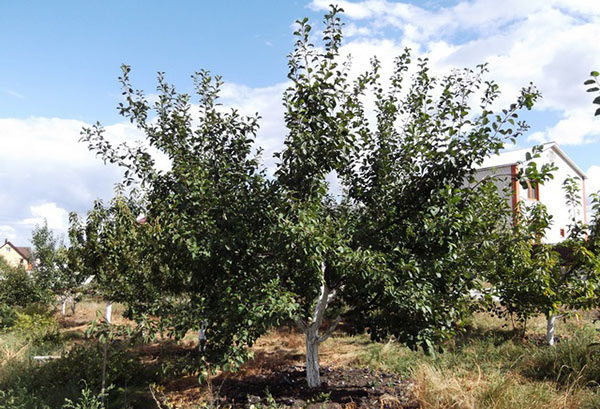

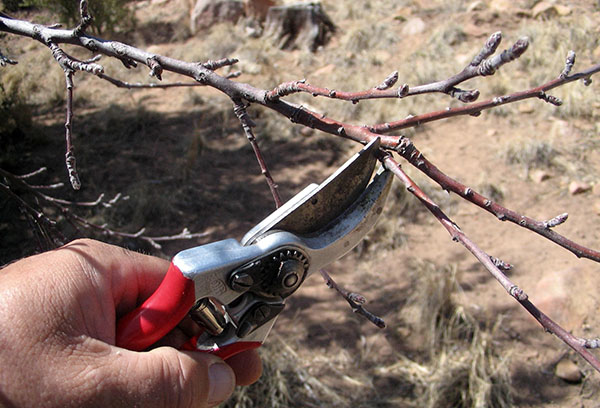
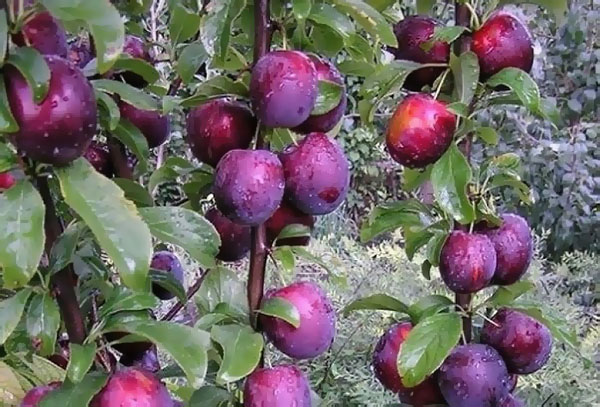

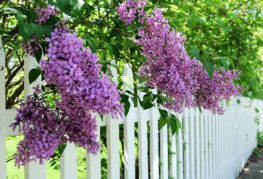
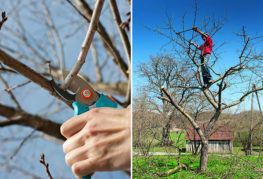
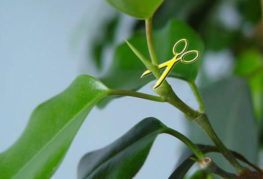
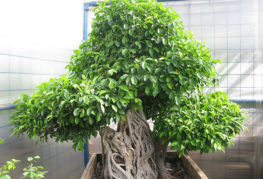
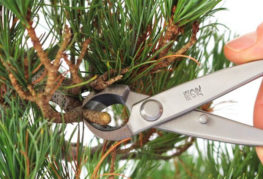
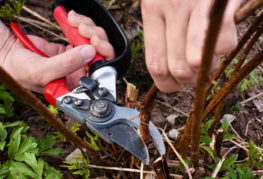
and will be published shortly.